I like to check every tree in the garden at least once during the growing season. For deciduous trees, I look to see if there are branches that need wiring or pruning.
The tree below produced a lot of new shoots this year. By wiring the base of these branches now, the curves can begin to set before fall.
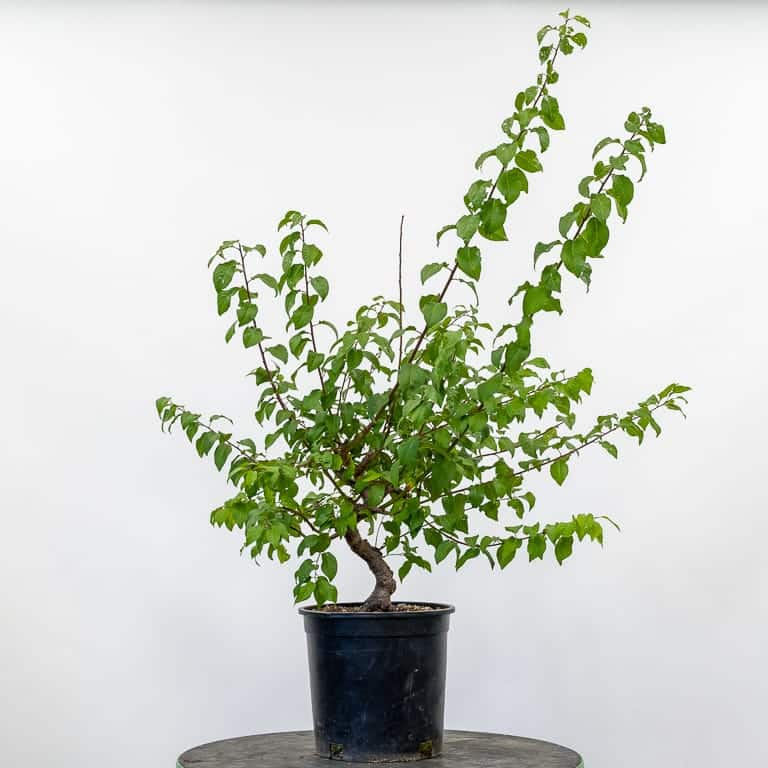
Japanese plum
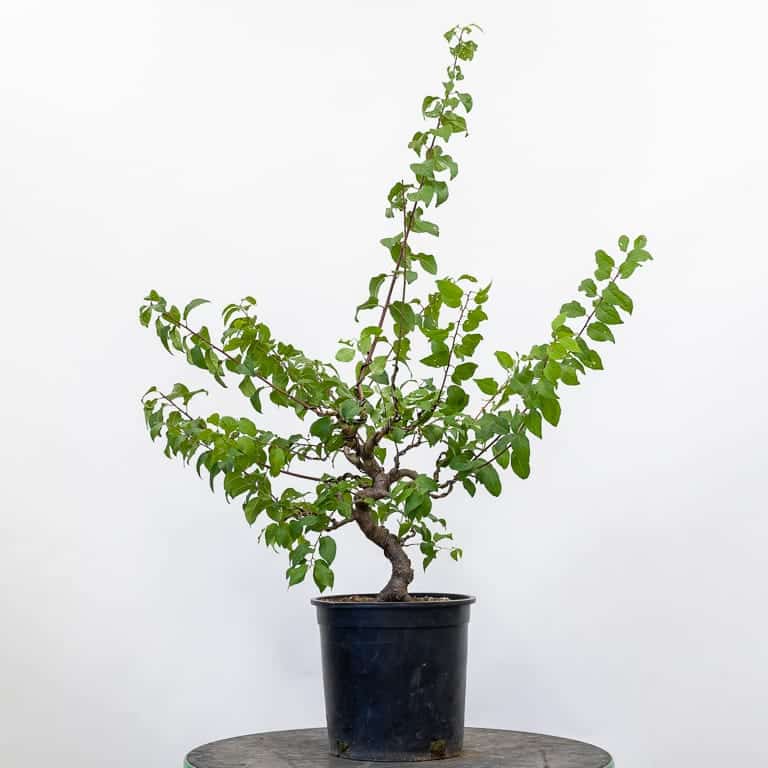
After cutback and wiring – 34″
Another plum I looked at had several large branches that were beginning to create awkward swelling along the trunk. By removing these branches when the tree is active, the wounds can begin to close before fall.
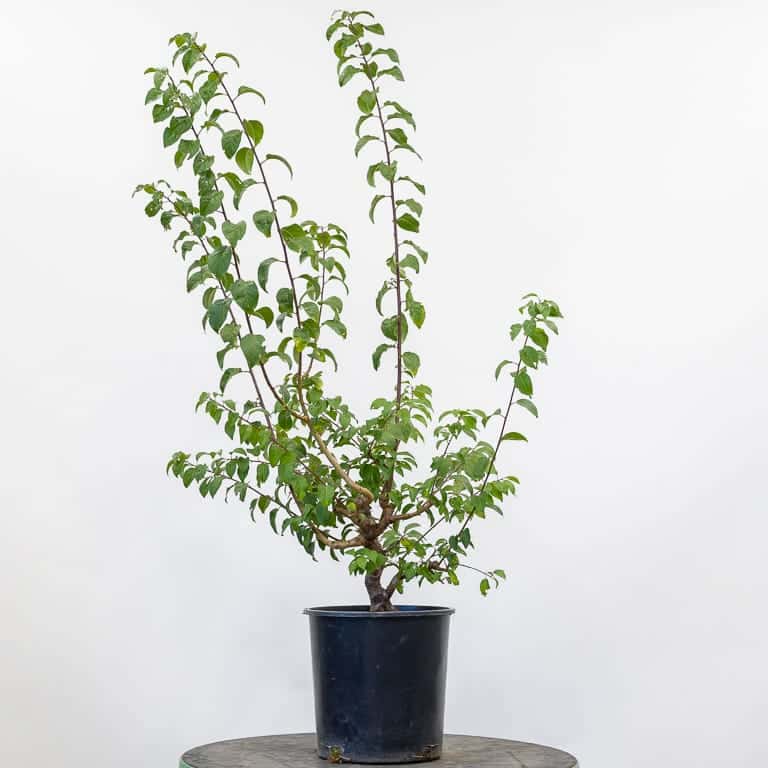
Japanese plum
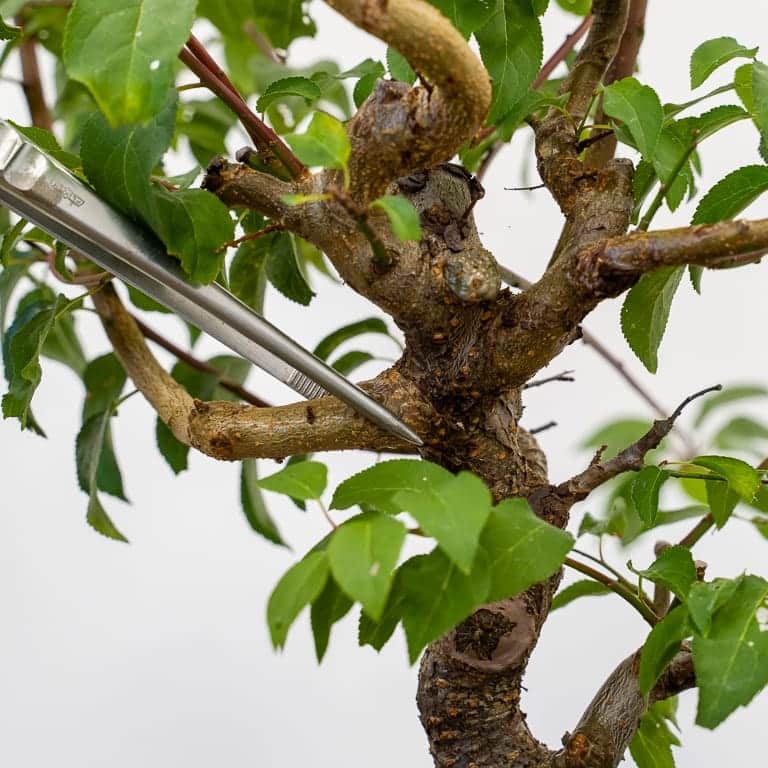
Large sacrifice branch – a knuckle is beginning to form near the base
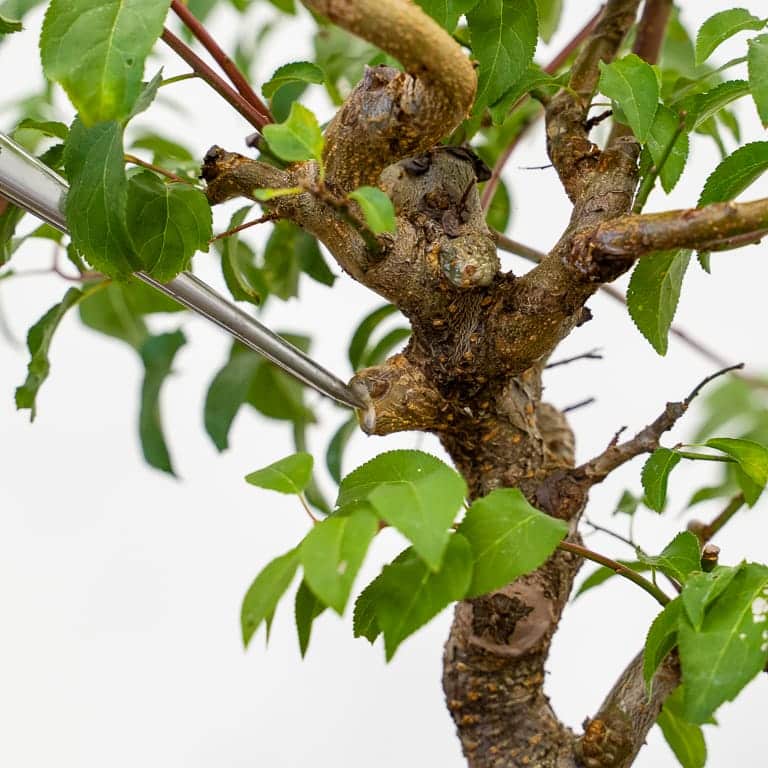
After removing the sacrifice branch
Were I making this cut in fall, I’d leave the stub until next spring as I don’t like to create large wounds as the tree enters dormancy. By cleaning wounds when the tree is actively growing, I can encourage it to start producing callus tissue right away.
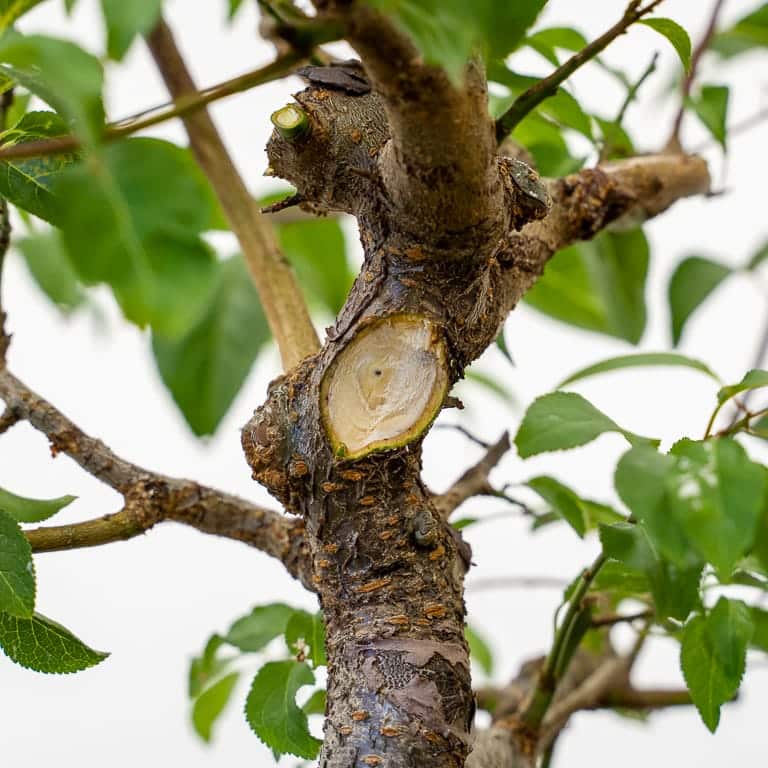
After reducing the stub
One note about the cut paste. Wounds on these plums heal quickly so I don’t need to use products that maximize callus production like Kirikuchi-Naoru. These products are great for hard-to-callus species like quince, but produce thick lumps of callus on species that callus readily. I opted instead for Cut Paste-Hi in putty and liquid form as these help wounds close without producing such thick callus.
Here’s the tree after wiring the base of several branches.
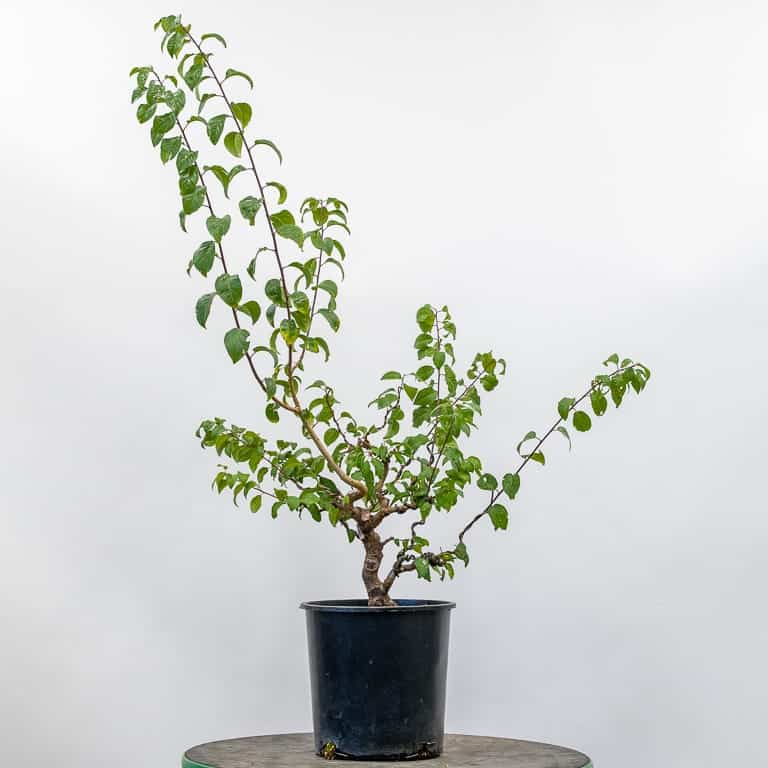
After cutback and wiring – 34″
Although this work isn’t dramatic, I like it because it goes quickly and moves the tree’s development forward. If I put off this work until the end of the growing season, I can still prune and wire flexible branches, but many branches will be too big to bend if I wait any longer, and the bends won’t begin to set until the tree starts growing next spring.
In four-to-six weeks, I’ll start checking the wire so I can remove it when it starts to cut in. Two months after that, I’ll bring the trees back into the workshop in November for their fall check-up.
Subscribe to Bonsai Tonight
New Posts Delivered Every Tuesday and Friday
Terence Vaughn Krista says
Jonas-
I’m familiar with japanese flowering apricot for use in bonsai, prunus mume, but not with japanese plum. Is it the same variety for growing umeboshi? Plum doesn’t seem to be used often, or maybe I’m not paying attention! Where did you get your source material?
Thanks,
Terence
Jonas Dupuich says
Hi Terence! My best guess is that the tree is a Prunus salicina. It has small, sweet, yellow fruit. I’ve seen very few, if any, grown as bonsai with the exception a tree that was in the family since before I was born. I grew these trees from cuttings that came from the family bonsai.
They have nice characteristics for bonsai and small, white, fragrant flowers. I’d love to see more of them!
Mike butler says
I am always interested in buy sell or trade and would certainly be interested in obtaining some cuttings!
Jonas Dupuich says
Thanks, Mike – will have to start some cuttings!